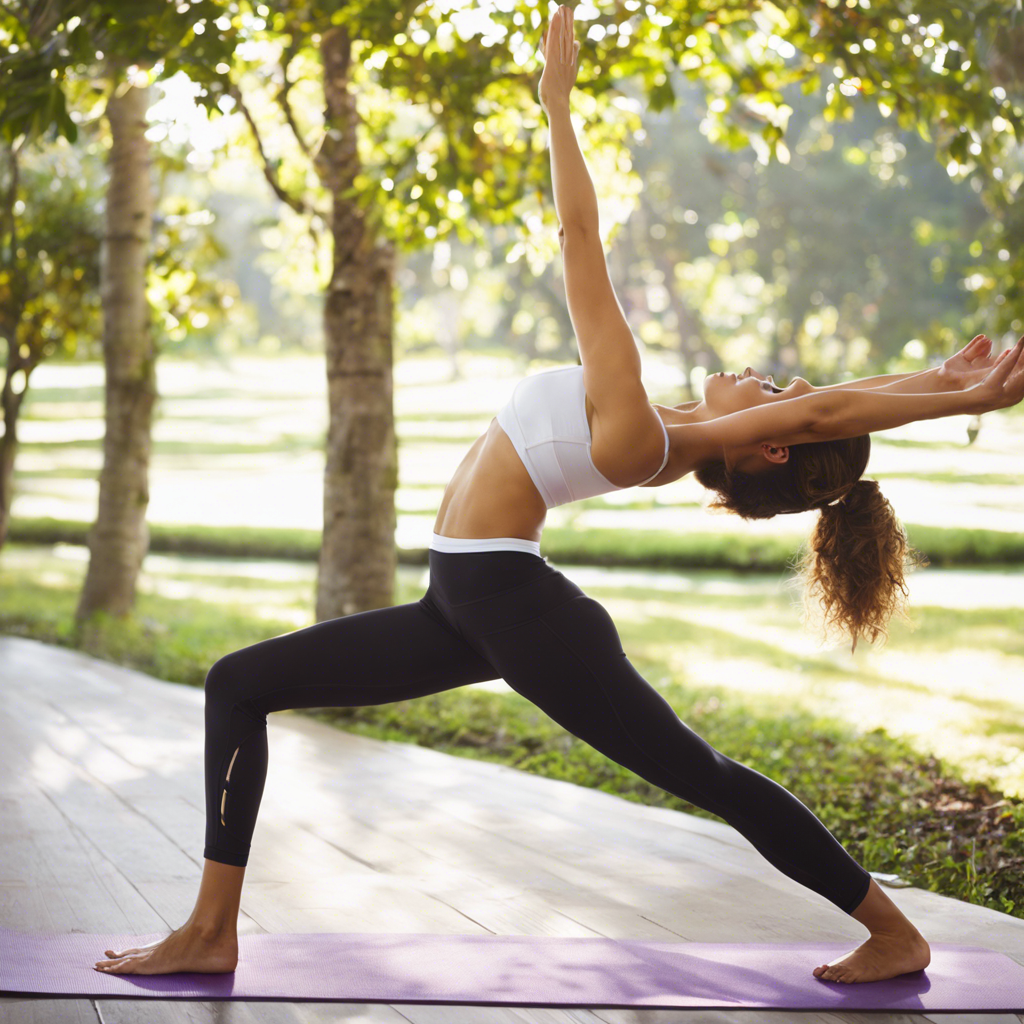Yoga is an ancient practice that has gained immense popularity in modern times, and for good reason. With its focus on connecting the mind, body, and breath, yoga offers a holistic approach to improving one’s physical and mental well-being. If you’re a beginner interested in exploring the world of yoga, this step-by-step guide will help you get started on your journey towards a healthier and more balanced life.
First, let’s talk about the benefits of yoga. Yoga is known for its ability to increase flexibility, strength, and balance. Through a variety of poses that target different areas of the body, yoga helps to improve range of motion and reduce stiffness in the joints. Regular practice can lead to improved physical performance and a reduced risk of injuries. But the benefits go beyond the physical. Yoga is also an excellent tool for stress relief and improving mental focus. The breathing techniques and meditative aspects of yoga can help calm the mind, reduce anxiety, and promote a sense of calm and clarity.
When starting your yoga journey, it’s important to find a style that suits your needs and interests. There are many different types of yoga, such as Hatha, Vinyasa, Iyengar, and Bikram, each with its own unique characteristics. Hatha yoga, for example, is a slower-paced practice that focuses on basic poses and is great for beginners. Vinyasa, on the other hand, links movement with breath in a flowing sequence, providing a more dynamic experience. Iyengar yoga emphasizes precision and alignment, using props to help achieve the correct posture. Bikram yoga, also known as “hot yoga,” is performed in a heated room and involves a set series of 26 poses. Researching and trying out different styles will help you find the one that aligns with your goals and interests.
Once you’ve chosen your style, it’s time to find a class. Whether you opt for an in-person or online class, it’s important to find an instructor who is experienced and knowledgeable. A good instructor will provide clear instructions, demonstrate proper form, and offer modifications for different skill levels. They should also create a welcoming and non-competitive environment, encouraging students to listen to their bodies and work within their own range of abilities.
